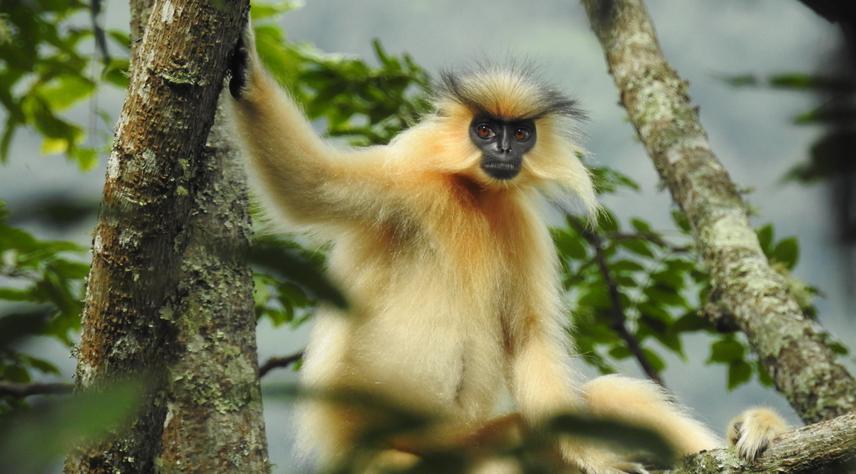Kuenzang Dorji
Other projects
5 Dec 2014
Small Mammals in Small Country: Diversity and Conservation of Small Mammals in High Altitude Wetland of Phobjikha, Wangdiprodrang, Western Bhutan
16 Jun 2016
Religious Advocacy for Highlanders to Advocate Conservation Awareness on Survival of Small Mammals: Prey-Base of Grus nigricollis in Phobjikha,Wangdue, Bhutan
28 Jul 2020
Socio-Ecology and Conservation of the Endangered Golden Langur (Trachypithecus geei) in Two Landscapes, Trongsa District, Bhutan
One of the 25 most endangered primate species in the world, Bhutan Gee's golden langur lives in a shared landscape with the human. Natural habitat modification and stringent protection policies have exacerbated the negative interactions between human and golden langurs, emphasizing the importance of mutual benefits for livelihood and conservation. Research into human-wildlife coexistence can aid in the development of strategies for reducing conflict and maximizing the benefits. Past studies investigated the relationship between local people socioeconomics, awareness and attitudes toward golden langurs. Study revealed that people's attitudes and knowledge about the golden langur's protection and conservation status were influenced by their geographical location, education level, and the extent of crop damage. As a result, the proposed study anticipates developing a human-golden langur spatial interaction index substantiating previous studies and predicting local people-golden langur interaction in agricultural landscapes. Adopting a socio-ecological system model, the project will incorporate multi-level social process and human behaviour drivers into spatial analysis and conservation planning.

A Male Golden Langur. © Kuenzang Dorji.
The project will integrate biophysical attributes and social factors with conservation policies. To resolve the complex and idiosyncratic nature of human-wildlife interactions and identify areas with a high potential level of human-primate interactions, the project anticipates accomplishing three conservation goals:
First, integrate species distribution data with landscape biophysical characteristics (land cover, topography, climatic condition), social factors (livelihood) and conservation policies. Explicitly integrating the biophysical, social data with conservation polices will result in a holistic and transdisciplinary approach in simulating the habitat suitability, species feeding habits, and conservation level of golden langur for conservation and management actions.
Second, strengthen conservation management interventions for the endangered golden langur. After identifying the priority location, the project will develop the practical, specific actions to balance farmers’ and langurs’ needs, and interventions such as automatic animal repellent to reduce langurs’ crop reliance. The efficacy of the interventions in reducing human-golden langur conflict will be monitored and if proven effective, we will adapt these practices for other primate species across Bhutan.
Third, foster a conservation ethos among school children, monks, and women's groups Through advocacy, education, and awareness programs, the project will promote conservation consciousness among local people who coexist with golden langurs in the same landscapes.
Understanding the benefits and costs of wildlife, as well as how they are distributed unevenly among different groups of people, is critical for developing sustainable and practical solutions to human-wildlife conflicts (HWCs) and fostering harmonious coexistence between human and Gee's golden langur in Bhutan's agricultural landscapes.
Header: A hybrid species of golden and capped langur. © Kuenzang Dorji.